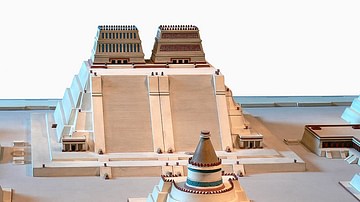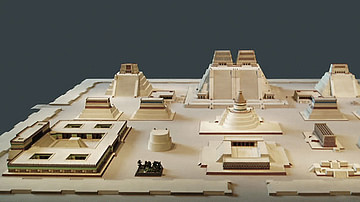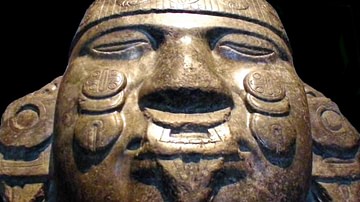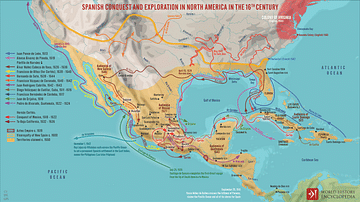Video
About the Author
Cite This Work
APA Style
Macquire, K. (2021, August 15). History of the Aztec Civilization, a Mesoamerican Empire. World History Encyclopedia. Retrieved from https://www.worldhistory.org/video/2615/history-of-the-aztec-civilization-a-mesoamerican-e/
Chicago Style
Macquire, Kelly. "History of the Aztec Civilization, a Mesoamerican Empire." World History Encyclopedia. Last modified August 15, 2021. https://www.worldhistory.org/video/2615/history-of-the-aztec-civilization-a-mesoamerican-e/.
MLA Style
Macquire, Kelly. "History of the Aztec Civilization, a Mesoamerican Empire." World History Encyclopedia. World History Encyclopedia, 15 Aug 2021. Web. 15 Apr 2025.







